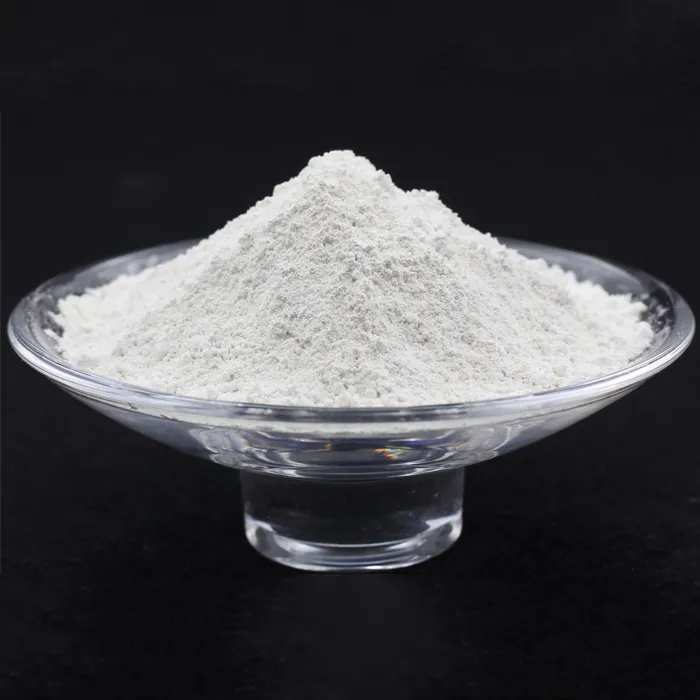The Role of Oral Pentoxifylline in Clinical Practice
Pentoxifylline, a methylxanthine derivative, has gained attention in the field of medicine for its unique therapeutic properties. This drug is primarily utilized for its ability to improve blood flow, enhancing tissue oxygenation and potentially benefiting various clinical conditions. Oral pentoxifylline is employed in a variety of conditions, particularly in vascular and metabolic disorders.
Mechanism of Action
Pentoxifylline functions by increasing the flexibility of red blood cells and reducing the viscosity of blood. This alteration allows for easier passage through narrowed or obstructed blood vessels, thus improving microcirculation. Additionally, pentoxifylline exhibits anti-inflammatory properties and modulates immune responses, which further underlines its multifaceted therapeutic role. By inhibiting platelet activation, reducing fibrinogen levels, and downregulating inflammatory cytokines, pentoxifylline plays a crucial role in addressing conditions associated with inadequate blood flow.
Clinical Applications
One of the primary uses of oral pentoxifylline is in managing peripheral arterial disease (PAD)
. Patients with PAD often experience claudication, characterized by pain in the legs during physical activity due to inadequate blood supply. Pentoxifylline has been shown to improve walking distance and reduce symptoms of claudication, enhancing the quality of life for these patients.In addition to PAD, pentoxifylline is beneficial for managing diabetic neuropathy, where improved circulation can alleviate nerve pain and discomfort. By enhancing blood flow to the peripheral nerves, pentoxifylline can contribute to better control of symptoms in diabetic patients, ultimately supporting their overall diabetes management plan.
oral pentoxifylline

Moreover, pentoxifylline is utilized in the treatment of chronic venous insufficiency (CVI). Patients with CVI often face complications such as venous ulcers, which can be difficult to treat. The drug's ability to improve microcirculation not only aids in the healing process but also reduces the risk of ulcer recurrence.
Safety and Side Effects
While oral pentoxifylline is generally well-tolerated, it may cause side effects in some individuals. Common adverse effects include gastrointestinal disturbances such as nausea, vomiting, and diarrhea. In some cases, patients may experience dizziness or headache. Importantly, it is contraindicated in patients with recent surgery, severe hypertension, or those with a known hypersensitivity to the drug. Therefore, careful patient selection and monitoring are essential to mitigate potential risks.
Conclusion
Oral pentoxifylline represents a valuable therapeutic option across multiple clinical contexts, particularly in enhancing blood flow and improving patient outcomes in conditions like peripheral arterial disease, diabetic neuropathy, and chronic venous insufficiency. Its unique mechanism of action, alongside its relatively favorable safety profile, makes it an important consideration in treatment plans.
As research continues to explore and validate the benefits of pentoxifylline, healthcare professionals are encouraged to consider its addition to the therapeutic arsenal for managing patients with insufficient blood flow and associated complications. The versatility of pentoxifylline underscores the significance of ongoing pharmacological advancements and the need for continued education on emerging treatments within the healthcare community.
In summary, oral pentoxifylline is not just another medication; it is a tool that can significantly improve patient outcomes, offering hope and relief to those residing in the shadows of circulatory disorders.

